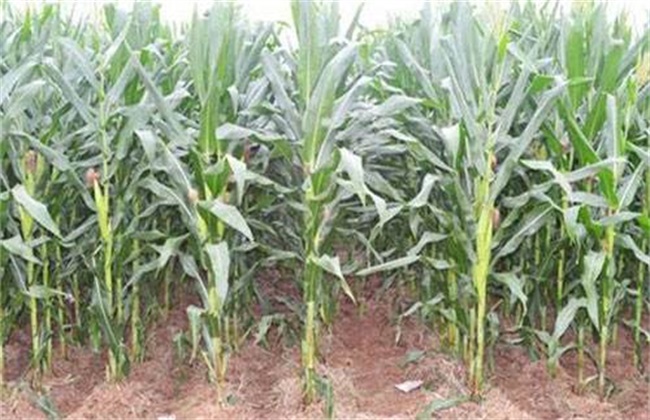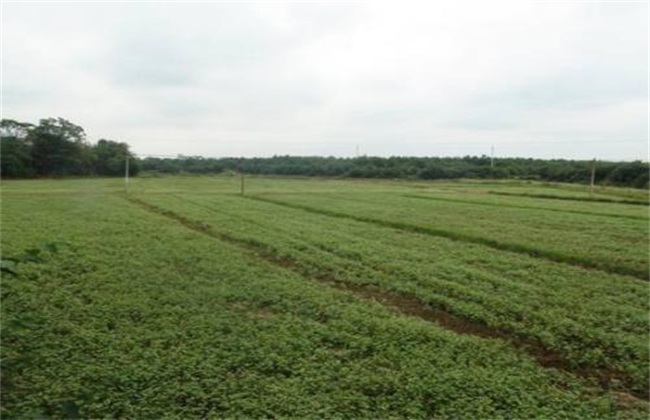Rice irrigation technology
Rice is the main food crop in the world, and most of the population takes rice as the staple food. It has been widely planted all over the world and has been cultivated for thousands of years. Growing mainly in water, irrigation is very important to rice, which directly affects the growth and yield of rice. Today, we will learn the techniques of rice irrigation and grasp the effects of irrigation on rice growth. In the future, we can control rice growth by adjusting the amount of water.

I. characteristics of water demand
Most of the rice can grow well in water. Generally, the nutrients absorbed by the roots need water transport, and the light and action nutrients of leaves also need water transfer. Usually leaves transpiration out a large amount of water needs to be replenished to keep the stems and leaves upright. Fertilizers need to be dissolved in water to facilitate better absorption; and the depth of water can also adjust the environmental temperature of the field, water has a certain role in preventing insects and cleaning toxic substances in the field.
II. Stage of water demand
1. Budding demand
Rice has the characteristics of long buds and hot roots, so it is necessary to maintain a moist shallow water layer of about 70% to facilitate seed germination, and the shallow water layer can stably maintain a suitable temperature.
two。 An inch of water turns green
Transplanting root injury, transpiration is not reduced, to maintain balance, should be planted in 3 cm of shallow water, heat preservation and moisturizing, restore growth, promote rooting and turning green.
3. Shallow water tillering
In the tillering stage, it is possible to maintain the shallow water layer and leave no water at once, so that the roots receive sunlight, promote low tillers and root growth.
4. Control tiller and dry the field
At the end of tillering stage, water should be removed to dry the field, ineffective tillering should be controlled, heading rate should be increased, the lodging resistance of rhizome should be enhanced, and plant resistance should be improved.
5. Shallow water booting
Jointing and booting need the most water, the appearance of the first half of heading, to irrigate 3 cm, about 3 days after water infiltration in 3 cm, to promote heading.
6. Moist and firm
In the fruiting period, do not irrigate for a long time, generally dry and wet alternately. Is to irrigate 2 centimeters, after drying 3 days to irrigate again, carry on repeatedly to mature. It can improve the seed setting rate, increase the 1000-grain weight, turn yellow and mature, no longer irrigate, and it is easy to harvest.
Water runs through the whole growing period of rice, and different irrigation amounts are maintained in different periods, so as to promote the water demand of rice in different periods, coordinate growth, and balance the needs of nutritional and reproductive growth. To achieve the goal of good growth and high yield.
Related
- The first cup of black tea in spring, the flavor and history of tea gardens in Kenya, Africa
- The computer can not only choose potatoes, but also grow tea rice. AI will grow winter oolong tea champion.
- It is not only the inflated tea bitten by insects, but also engraved with the four seasons tea in Beipu.
- The Oriental Beauty Tea Festival in Zhuxian County takes the stage at the weekend to experience the plus-size feast of oil tea.
- & quot; Oriental Beauty Tea & Exploration of Emei in Hsinchu, the hometown of quot;
- The new variety of strawberry "Tainong 1" dessert is the first choice with mellow aroma. Crimson gorgeous
- History of Tea in Taiwan: from Wild Inner Mountain to Export Tea Garden
- Two types of Taiwan Oriental Beauty Black Tea won the British three-Star Award for Childhood Tea Xiang Zhang Jiaqi changed from pilot to champion tea maker.
- Banana species and varieties: the planting history of Taiwan Xianren banana and dwarf banana is long, is banana disease resistant?
- Coffee planting Technology: Qianjie Coffee from Seedling to harvesting



